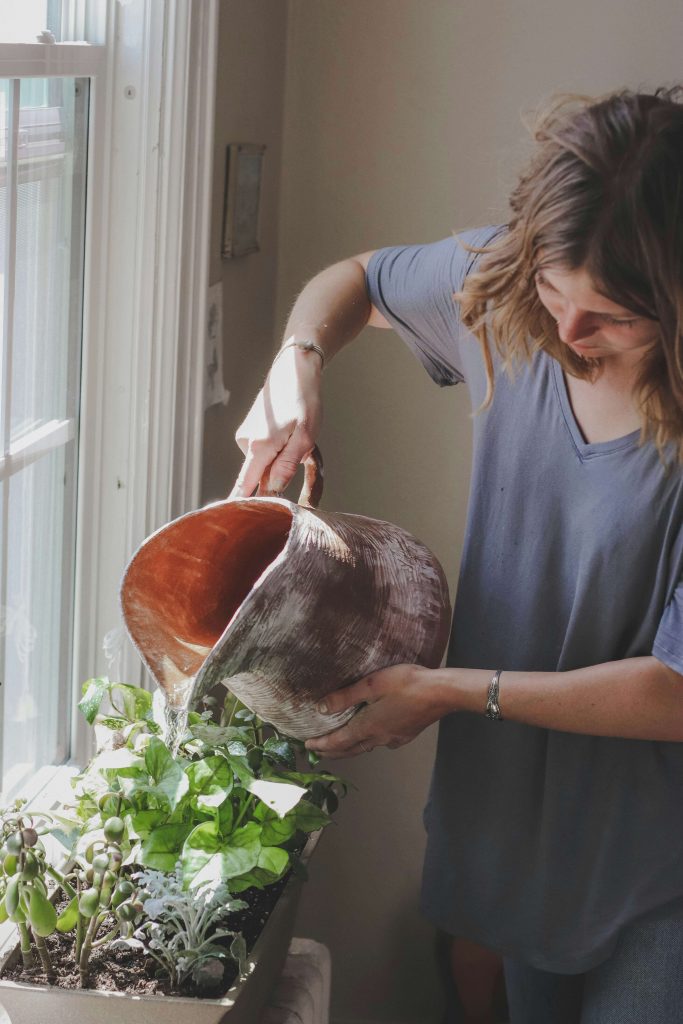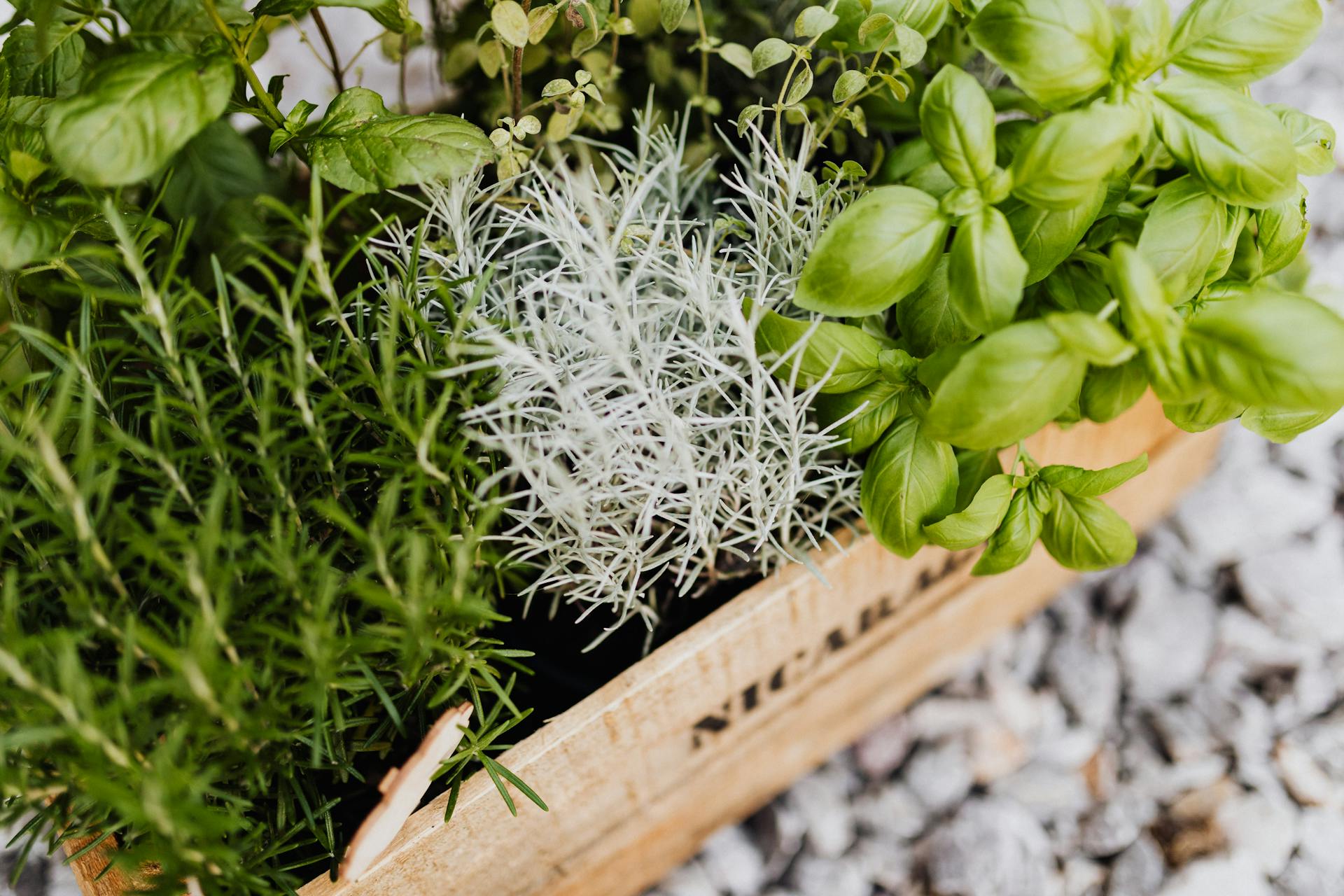Bringing the garden indoors is more doable than you might think, especially when it comes to growing herbs, leafy greens, and compact vegetables.
Whether you’re short on outdoor space or simply love the idea of fresh produce within arm’s reach, indoor edible gardening is a rewarding hobby that adds both greenery and flavour to your home.
DO: Give your plants enough light
The biggest factor in your indoor garden’s success is light. Most edibles need at least six hours of direct sunlight. A sunny windowsill, enclosed patio, or north-facing room will work well. If your space is dim or shaded, LED grow lights are a great alternative. They mimic natural light and can be adjusted as your plants grow. You can even set them on a timer to make life easier.
DON’T: Try to grow everything at once
Start small. Choose easy, fast-growing plants like lettuce, rocket, parsley, basil, or spring onions. Microgreens are also a great beginner choice. Once you get the hang of it, you can try more space-hungry veggies like eggplant or chillies on a sunny patio.
DO: Use the right potting mix
Ordinary potting soil won’t cut it. Edibles need a nutritious, well-draining mix. Boost it with peat or vermiculite for moisture retention, lime for balance, and a slow-release organic fertiliser. A liquid feed every two weeks will help keep growth healthy and productive.
DON’T: Overwater
Indoor plants don’t dry out as quickly, so they don’t need frequent watering. Let the top of the soil dry out before watering again. Always empty out saucers to prevent root rot, and don’t forget to give the leaves a wipe every now and then to keep dust and grease at bay.

Pexels
DO: Choose compact varieties
Not all vegetables are suited to small indoor spaces. Look for patio-sized options like basil ‘Everleaf’, capsicum ‘Pot Pepper Snack Orange’, and dwarf citrus like the ‘Mini-Me’ lemon. Strawberries in hanging baskets and compact eggplants like ‘Hansel’ and ‘Gretel’ also work well.
DON’T: Forget air circulation
Give your plants breathing room. Good airflow prevents mould and pests from taking hold. Avoid crowding pots together on shelves or windowsills—your herbs and veggies will grow better with space around them.
DO: Grow herbs and edible flowers
Herbs like mint, chives, coriander, oregano, and sage are perfect for indoor growing. They smell amazing, add instant flavour to dishes, and don’t take up much space. Edible flowers like nasturtiums, violas and chamomile add colour to your home and your plate.
DON’T: Spray pesticides indoors
If pests show up, prune affected areas or try a natural solution like neem oil. For herbs infested with aphids or red spider mites, cutting them back completely is often the simplest fix.
Bonus tip: Grow mushrooms in the dark
If light is an issue, try growing mushrooms! Kits for oyster or button mushrooms are widely available and easy to use. All you need is a dark, humid spot—and a little patience.
With a little planning and the right setup, growing your own food indoors can be simple, satisfying, and surprisingly stylish.
ALSO SEE: YOUR GUIDE TO EDIBLE AND NON-EDIBLE FLOWERS
Image: Pexels

